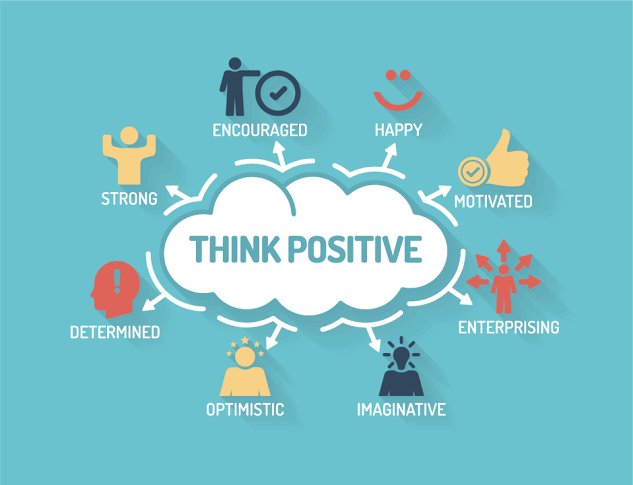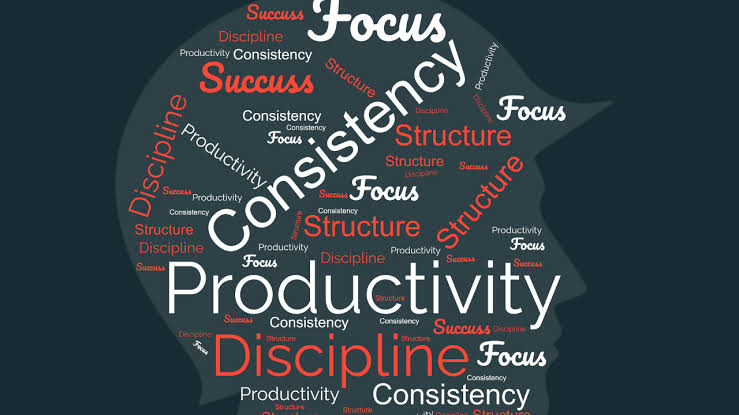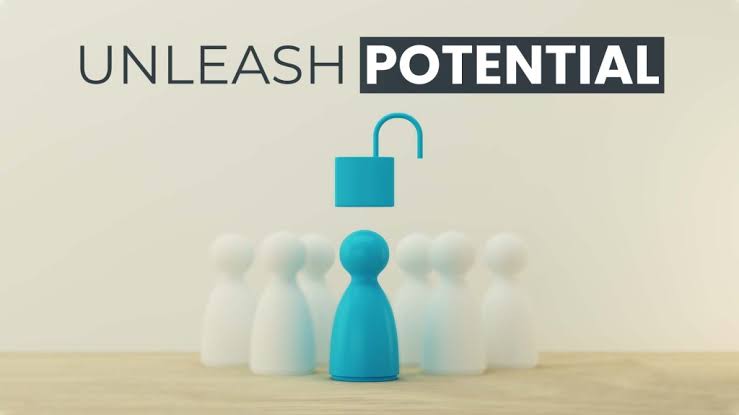Positive thinking is known to improve mental health, productivity, and life quality. In today’s fast and complex world, positive thinking is more important than ever. Research in psychology and brain science shows that how we think affects how we feel, act, and relate to others.
Positive thinking does not mean ignoring problems or pretending everything is perfect. It means choosing a mindset that builds strength, confidence, and hope, even during hard times. By practicing positive thinking, people can change their mental habits, improve emotional health, and find more purpose and happiness.
Understanding the Science Behind Positive Thinking
Modern neuroscience has proven that our brains are malleable and adaptable. This concept, known as neuroplasticity, means that repeated thoughts—whether positive or negative—can shape the structure and function of the brain over time. Positive thinking techniques help reinforce neural pathways that support optimism, emotional regulation, and mental clarity.
Research from institutions like Harvard and Stanford has shown that individuals who consistently engage in positive thinking tend to experience lower levels of stress, reduced risk of depression, and improved cardiovascular health. Furthermore, MRI scans indicate that positive thoughts activate areas of the brain associated with reward, motivation, and happiness.
This science highlights that positivity isn’t merely an attitude—it’s a powerful mental habit that can be cultivated with consistent practice and intention.
Practicing Daily Gratitude
One of the most effective and accessible techniques for developing a positive mindset is the daily practice of gratitude. Gratitude shifts your focus from what’s lacking in your life to what is already present and valuable. This simple shift in focus can generate a profound sense of contentment and optimism.
You can start by writing down three things you’re grateful for each day. They don’t have to be monumental—small moments like a kind word, a good meal, or a quiet walk can make a meaningful difference. Over time, this practice rewires your brain to seek out and appreciate the positive elements of life, even amid difficulty.
Many people use gratitude journals or mobile apps that send reminders to reflect on the day’s positive moments. As of 2025, these tools have become increasingly popular, offering guided gratitude prompts and community sharing features to deepen the practice.
Using Affirmations to Shape Belief
Affirmations are positive statements that help you challenge and control negative thoughts. They act as reminders of your strengths, values, and goals, reinforcing self-belief and resilience. For example, repeating phrases like “I am capable of handling whatever comes my way” or “I am constantly growing and learning” can shift your mindset in moments of doubt.
The key to effective affirmations is consistency and emotional engagement. Saying them out loud, writing them down, or placing them in visible areas like mirrors or notebooks can increase their impact. The more you internalize these messages, the more they become part of your subconscious belief system.
Recent studies in 2025 emphasize the importance of tailoring affirmations to specific goals. Rather than using generic phrases, customizing affirmations to your challenges can create stronger neural associations and motivation.
Visualization and Mental Rehearsal
Visualization is a technique where you imagine yourself successfully completing a goal or experiencing a desired outcome. This mental rehearsal creates a vivid picture in your mind, which the brain often interprets as real. Athletes, performers, and high achievers across industries use visualization to prepare for success and manage fear.
To practice visualization, find a quiet space and mentally picture the steps involved in achieving your goal. Include as much detail as possible—the sights, sounds, emotions, and even potential challenges. Visualizing success not only boosts confidence but also primes your mind to recognize opportunities and solutions in real life.
Neuroscientific research supports this practice, showing that mental rehearsal activates similar brain regions as actual physical performance. By repeatedly visualizing positive outcomes, you train your brain to expect and work toward success.
Reframing Negative Situations
Reframing is a cognitive technique that involves changing the way you interpret a situation. Instead of seeing a setback as a failure, reframing allows you to view it as a learning experience or a necessary step toward growth. This doesn’t mean denying reality but choosing to see it through a more constructive and empowering lens.
For example, if you didn’t get the job you interviewed for, reframing might sound like: “This opportunity wasn’t the right fit, but it gave me experience and helped me prepare better for the next one.” This shift in thinking not only reduces stress but also keeps you motivated to continue pursuing your goals.
As of 2025, many mental wellness platforms and therapists incorporate reframing techniques into cognitive-behavioral therapy, encouraging clients to rewrite their internal narratives for more balanced emotional responses.
Surrounding Yourself with Positivity
Your environment plays a major role in shaping your thoughts and mindset. Spending time with optimistic, supportive people naturally encourages more positive thinking. These individuals can offer new perspectives, constructive feedback, and emotional encouragement when you’re feeling uncertain or discouraged.
Additionally, curating your digital environment can make a big difference. Unfollow or mute sources of negativity on social media, and replace them with pages, podcasts, or communities that promote kindness, growth, and encouragement. The content you consume daily subtly shapes your mindset, so being intentional with it is vital.
Virtual well-being communities have grown significantly in 2025, offering spaces where people can share positive stories, progress, and support. These networks offer both accountability and inspiration to maintain a positive outlook.
Fostering Optimism Through Action
Positive thinking is not just about feeling good—it’s about doing good. Taking action, even in small ways, builds momentum and reinforces a belief in your capacity to make positive change. Whether it’s volunteering, pursuing a personal passion, or helping a friend in need, acts of kindness and purpose deepen your sense of fulfillment and optimism.
Engaging in meaningful work and setting purposeful goals helps you stay focused on the possibilities rather than the obstacles. This proactive approach transforms positive thinking from an abstract ideal into a lived, dynamic reality.
Conclusion: Building a Habit of Positivity
Positive thinking is not a one-time decision but a lifelong practice. By incorporating techniques such as gratitude, affirmations, visualization, reframing, and surrounding yourself with positive influences, you can train your brain to default to hope and confidence rather than fear and limitation.
In a world that often emphasizes stress, uncertainty, and criticism, choosing to think positively is an act of courage. As of July 2025, the tools and research available make it more possible than ever to reshape your mindset and unlock your full potential. With daily intention and effort, the power of positive thinking can become your greatest ally in creating a life of purpose, resilience, and joy.



